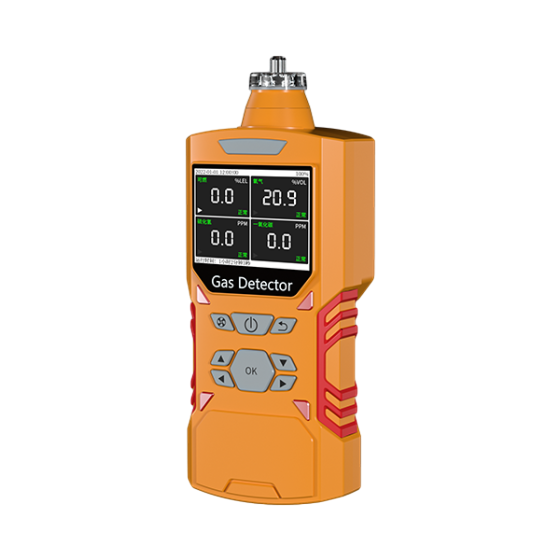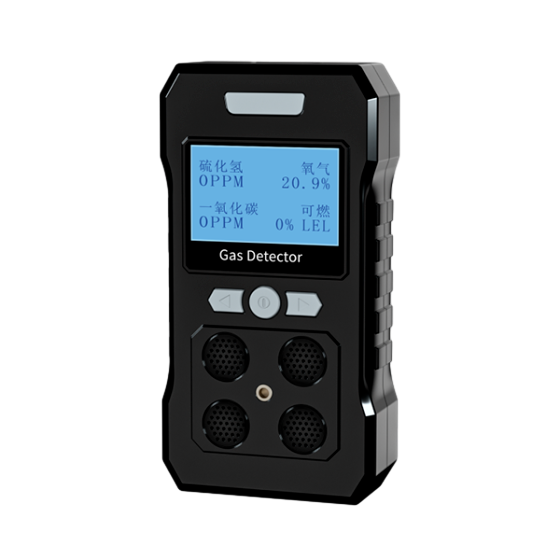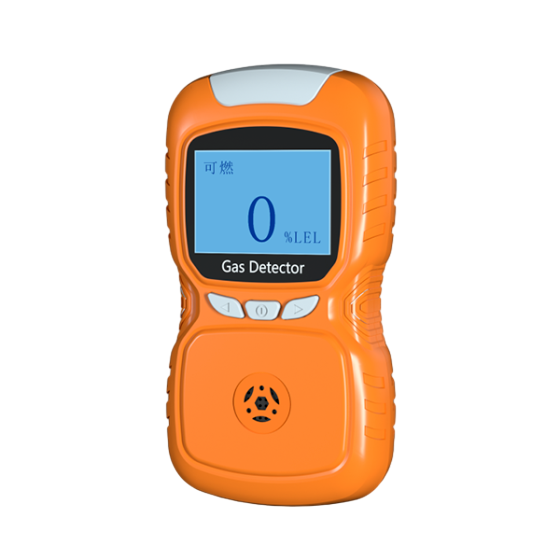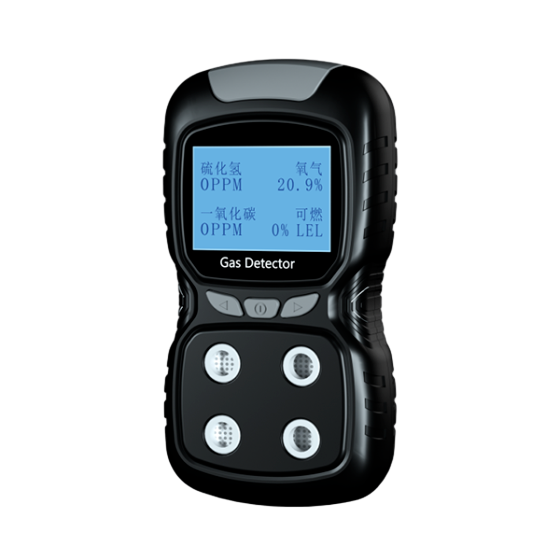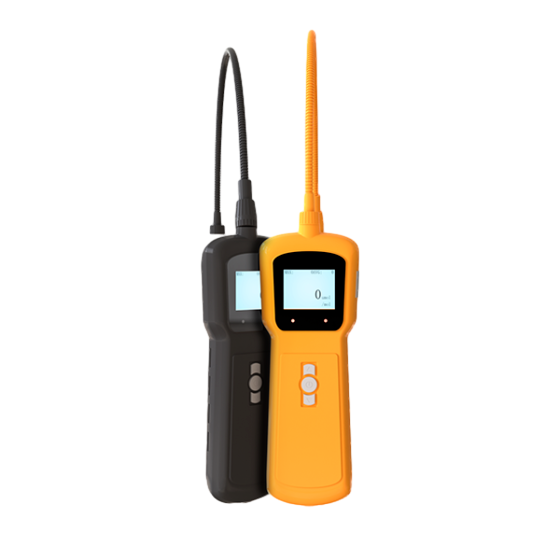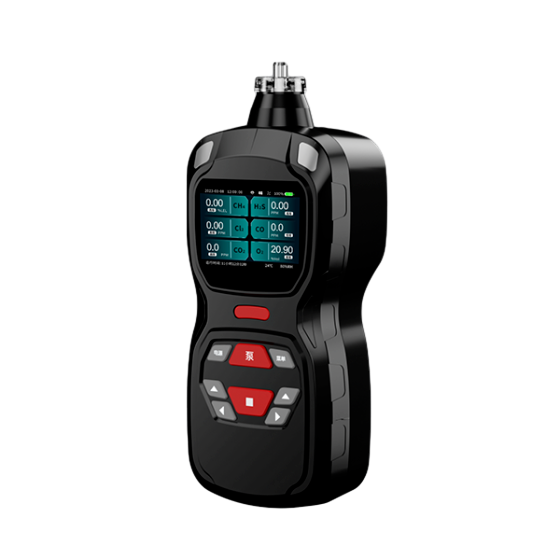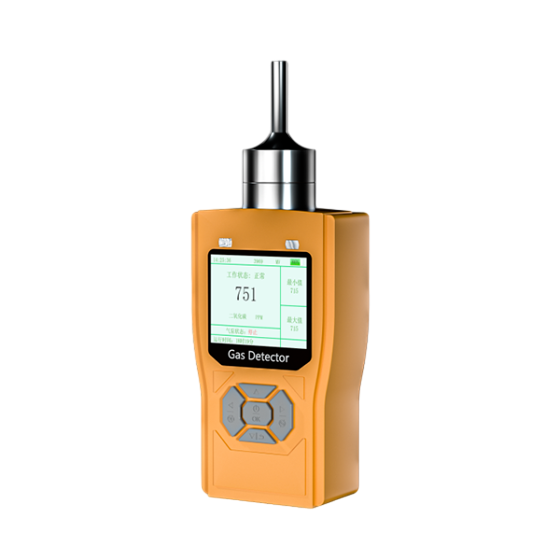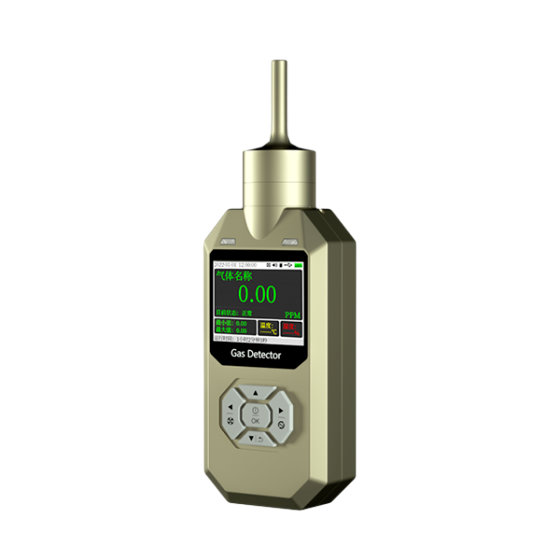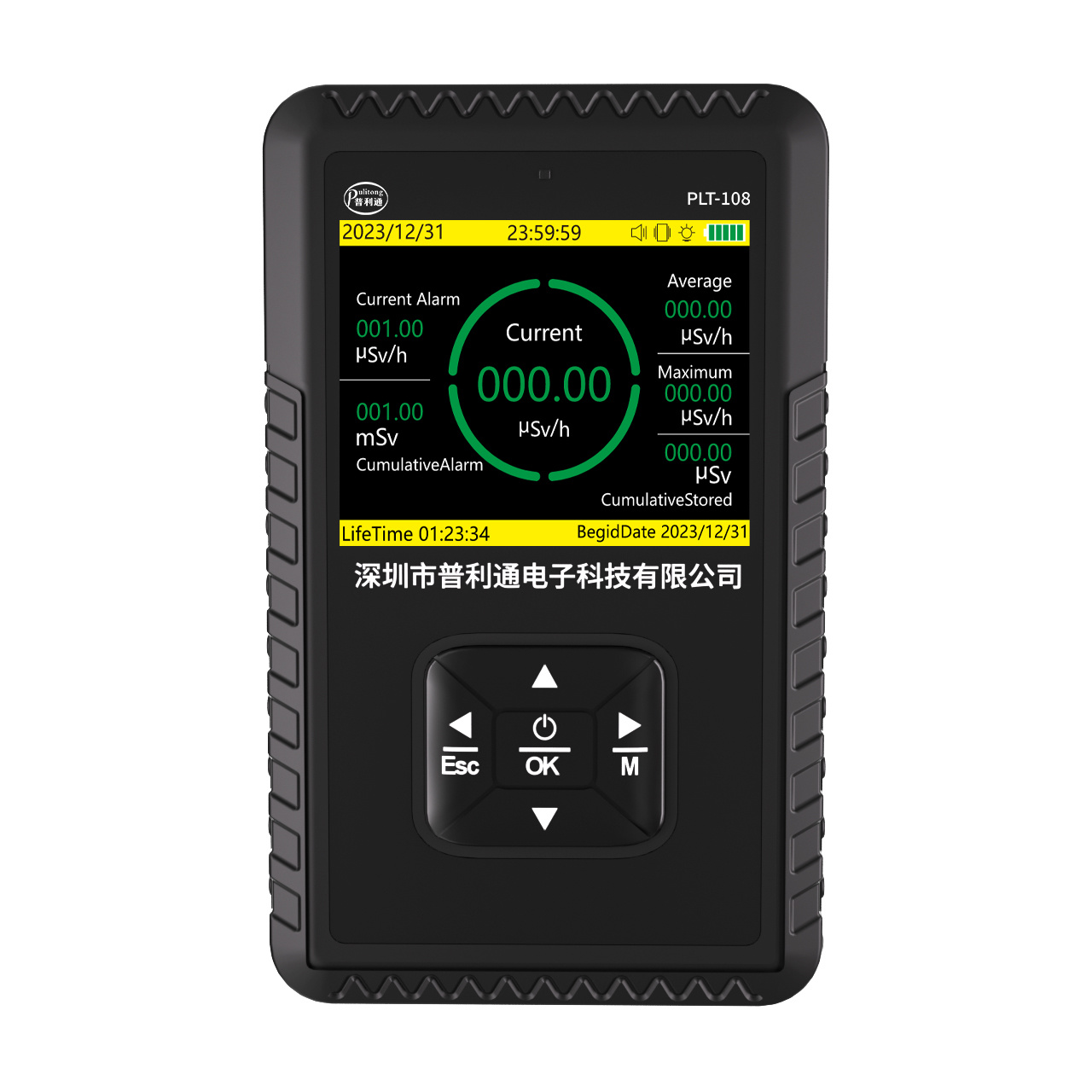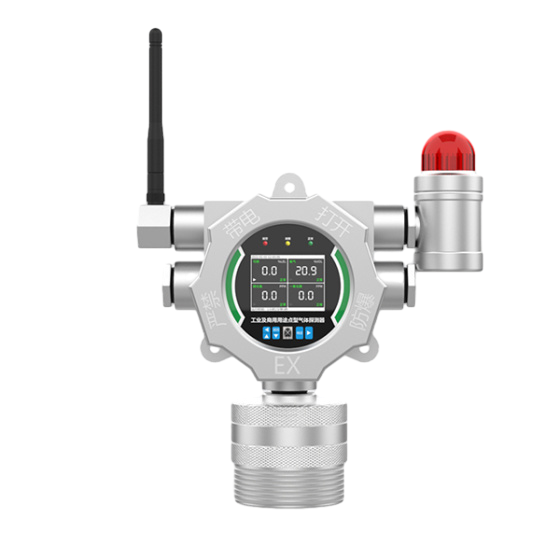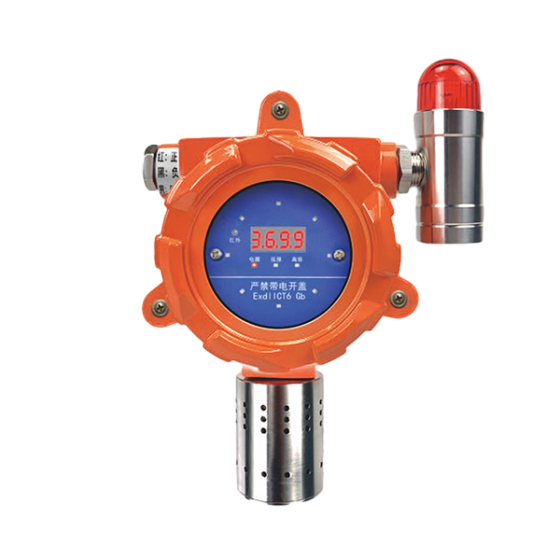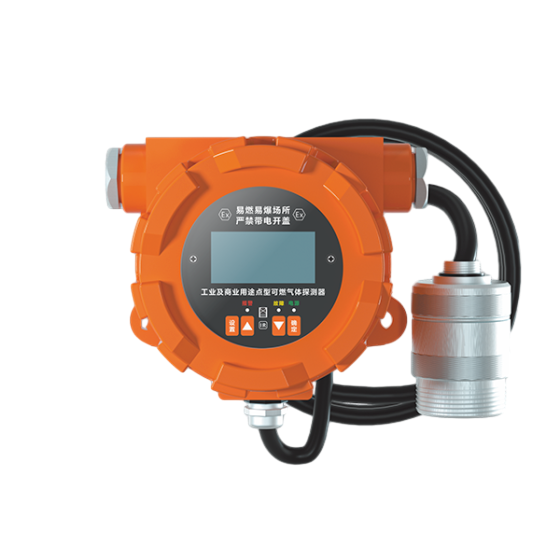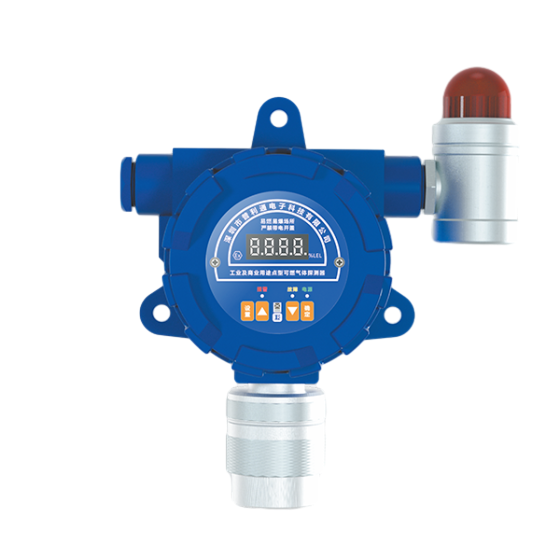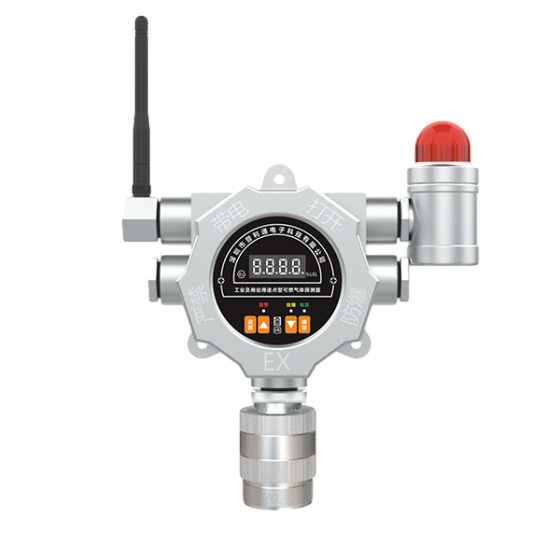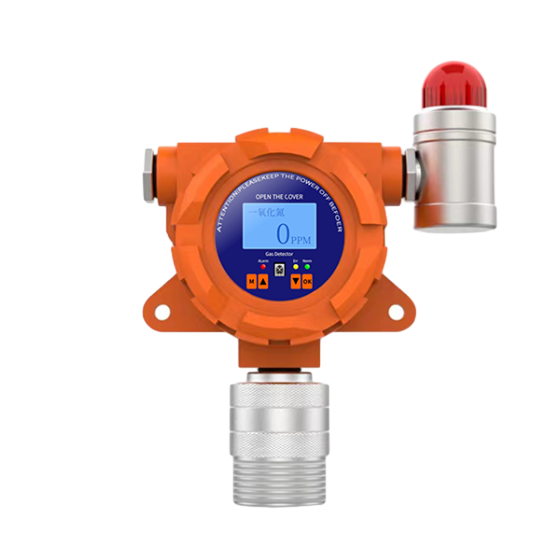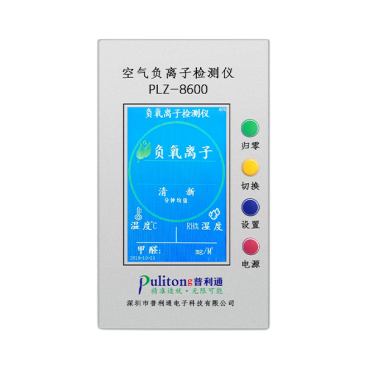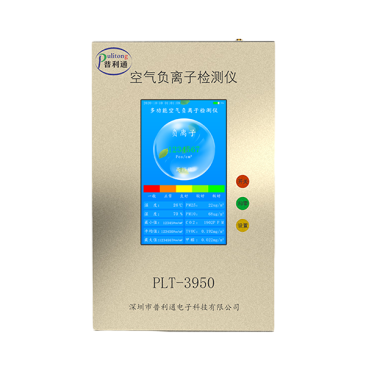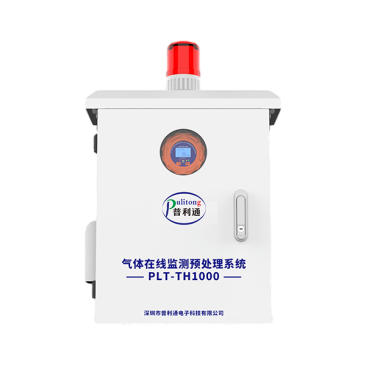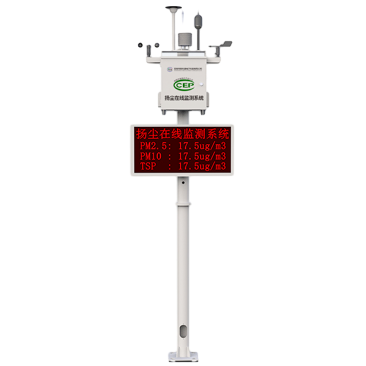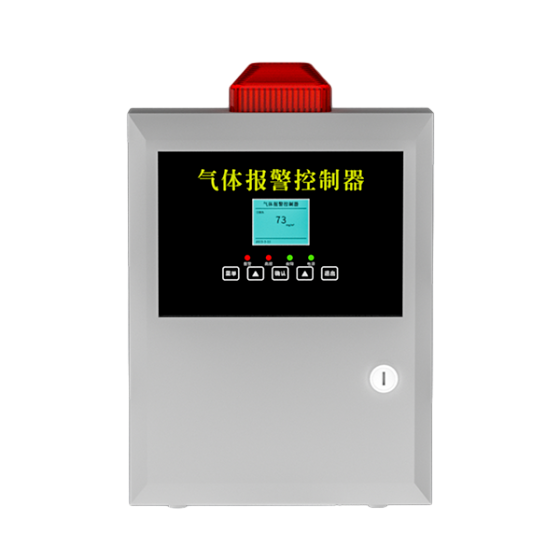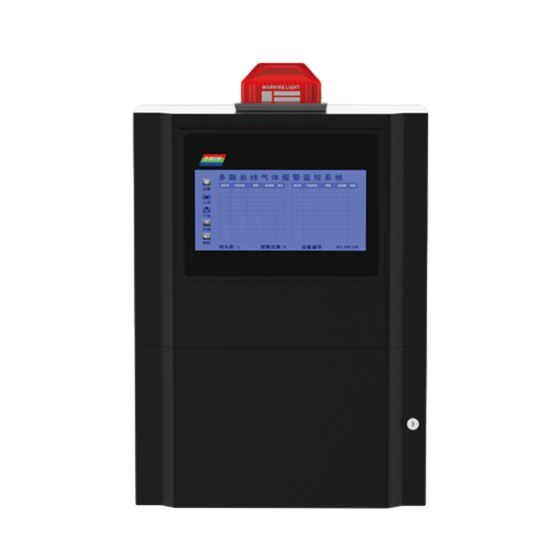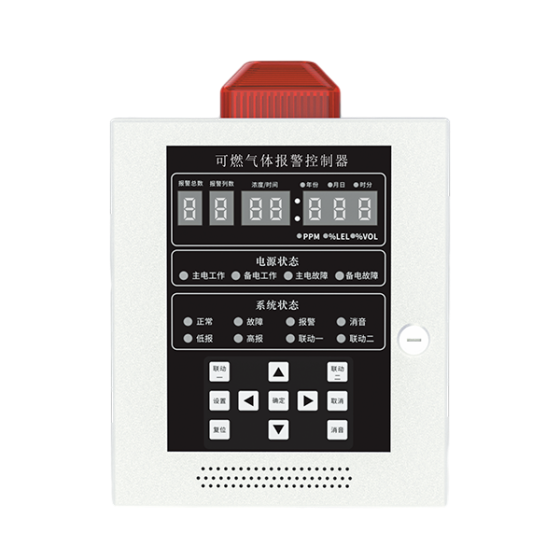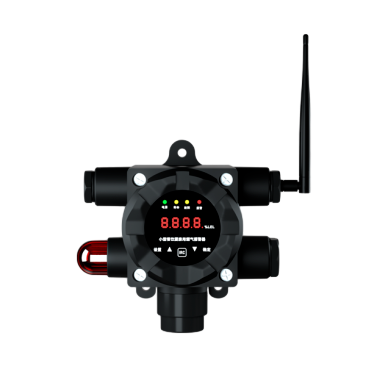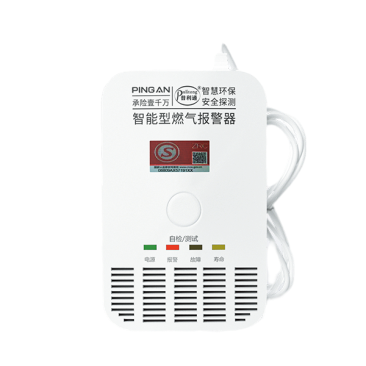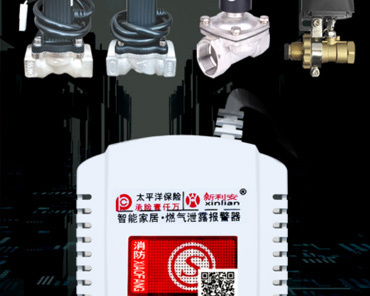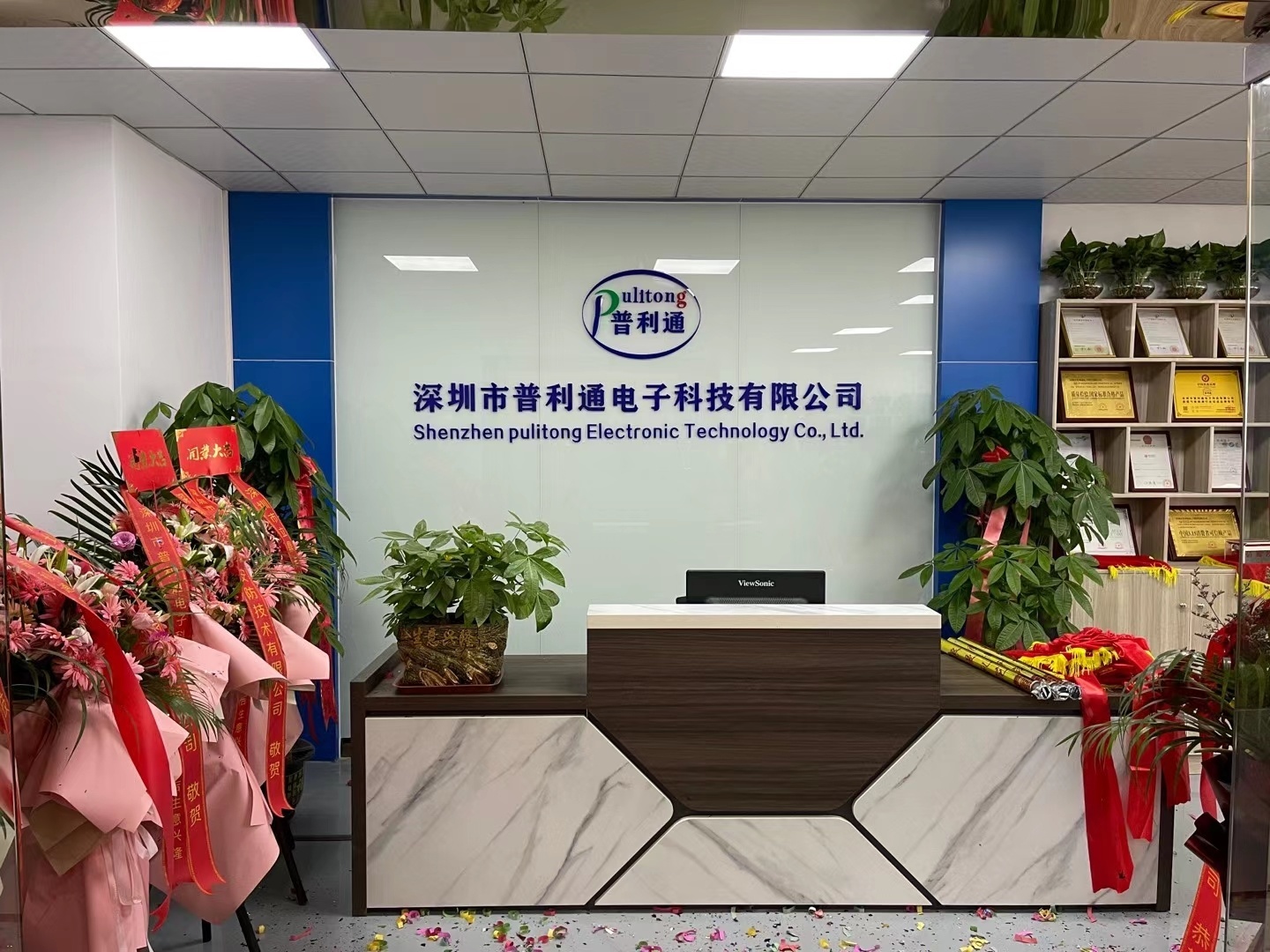What are the common occupational poisonings?
2020-03-30
Poisoning caused by the absorption of large quantities of chemical poisons by workers in the production process through the respiratory tract or the skin within a short period of time is known as acute poisoning, and common chemical poisons that can cause acute occupational poisoning include irritant gases and asphyxiating gases.
Irritant gas is a collective term for a class of gases that are irritating to the eyes and mucous membranes of the respiratory tract. Common irritant gases are chlorine, phosgene, hydrogen chloride, ammonia, nitrogen oxides, organic fluorides, etc. The human body can be exposed to irritant gases, which can cause acute occupational poisoning. Human exposure to irritant gases can cause tears, sore throat, cough, shortness of breath, irritability, etc., prolonged exposure to higher concentrations, in addition to the above symptoms worsening, bronchitis, pneumonia and pulmonary oedema can occur, and exposure to high concentrations, and even can cause electric shock-like death.
Gas alarm manufacturers special tips: irritating gas harm to the human body, sometimes with the person in charge of the feeling is not consistent, water-soluble gases, such as chlorine, people will feel irritating, low concentration can be found, higher concentration, the feeling will be very difficult, the human body will instinctively escape, water-soluble gases, such as phosgene, nitrogen oxides, etc., the person sometimes do not feel the stimulation of the difficult, and thus be ignored, and cause serious damage to health. cause serious damage to health. In addition, the effects of irritating gases on the human body often take a certain amount of time to manifest themselves, therefore, once you inhale irritating gases, you must immediately go to the hospital, stay in the hospital for observation, and take preventive treatment to prevent the occurrence of pulmonary oedema.
Asphyxiating gases are gases that can cause oxygen deficiency in the body, which can be divided into simple asphyxiating gases and chemical asphyxiating gases. Simple asphyxiating gases refer to gases that are not toxic in themselves, but when their content is high, they can crowd out oxygen in the air and reduce the concentration of oxygen in the air, resulting in oxygen deficiency in the body, such as co2, methane, nitrogen, etc. Simple asphyxiating gases are dangerous only when they are in high concentration, especially in the poorly ventilated Limited space, chemical asphyxiating gas refers to enter the human body, so that the oxygen transport capacity of the blood or the ability of the tissues to use oxygen obstacles, resulting in tissue hypoxia of harmful gases, such as co, h2s, hydrogen cyanide, etc., chemical asphyxiating gases on the human body is very harmful, in industrial production, mostly due to accidents and poisoning, easy to cause serious health damage or even short-term death of the poisoner, the poisoned person Rescue of the poisoned person must race against time, rescue personnel must also pay attention to personal protection.
Toxic gas alarm manufacturers to remind the daily work and life should pay attention to: one is to enter the closed dry or storage of rice, sweet potatoes (these living plants will breathe carbon dioxide release), such as basements, cellars, etc. to prevent the lack of oxygen and carbon dioxide poisoning; the second is to enter the water, corrosive, smelly sewer and other confined space to prevent the lack of oxygen and hydrogen sulphide, methane poisoning, there is a burning of poorly ventilated space, to prevent carbon monoxide poisoning. The second is to prevent carbon monoxide poisoning when entering confined spaces such as water, corrosive sewers and odourful sewers.
Related Info
Combustible gas alarm maintenance
2020-07-03
2021-01-14








